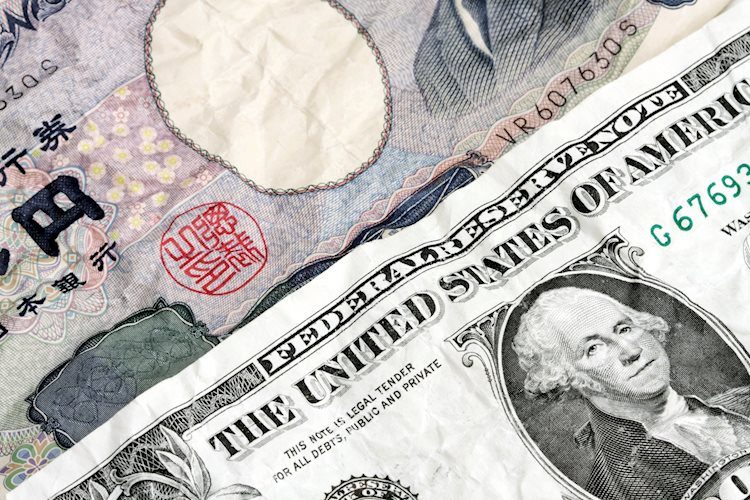The Japanese Yen has been on a winning streak against the US Dollar following weaker-than-expected US employment growth data. The Current Account surplus in Japan increased to ¥2,849.9 billion in May, surpassing market expectations. This has prompted speculation that the Federal Reserve could potentially initiate rate cuts sooner rather than later.
On the other hand, US Nonfarm Payrolls exceeded market expectations in June, but the pace of growth was slower compared to May. The Unemployment Rate also increased in June. These developments have led traders to speculate about potential interest rate cuts by the Fed. The CME’s FedWatch Tool is currently pricing in a 70.7% probability of a rate cut in September.
The labor market in Japan showed positive signs with a 1.9% increase in Labor Cash Earnings in May. However, this growth rate fell short of market expectations. Meanwhile, US Nonfarm Payrolls increased by 206,000 in June, surpassing market expectations. The US Unemployment Rate edged up to 4.1% in June from 4.0% in May.
There is growing anticipation of intervention in the USD/JPY market due to the persistent strength of the USD. The Minutes from the Federal Reserve’s June meeting indicated a wait-and-see approach by Fed officials. There is also speculation about FX intervention due to the weakness of the Japanese Yen.
In terms of technical analysis, USD/JPY is trading around 160.30 and shows a bullish inclination based on daily chart analysis. The pair remains within an ascending channel pattern, with resistance near 162.50. On the downside, immediate support is seen around the 21-day EMA at 159.62. A further decline below this support could see USD/JPY testing June’s low at 154.55.
The economic indicator of Japan’s Current Account surplus is seen as positive for the JPY, with the latest release showing an increase to ¥2,849.9 billion in May. This ongoing surplus indicates a net flow of capital into Japan, which is seen as a positive sign for the Japanese Yen. Overall, the Japanese Yen continues to strengthen against the US Dollar amid speculation about potential rate cuts by the Federal Reserve.











